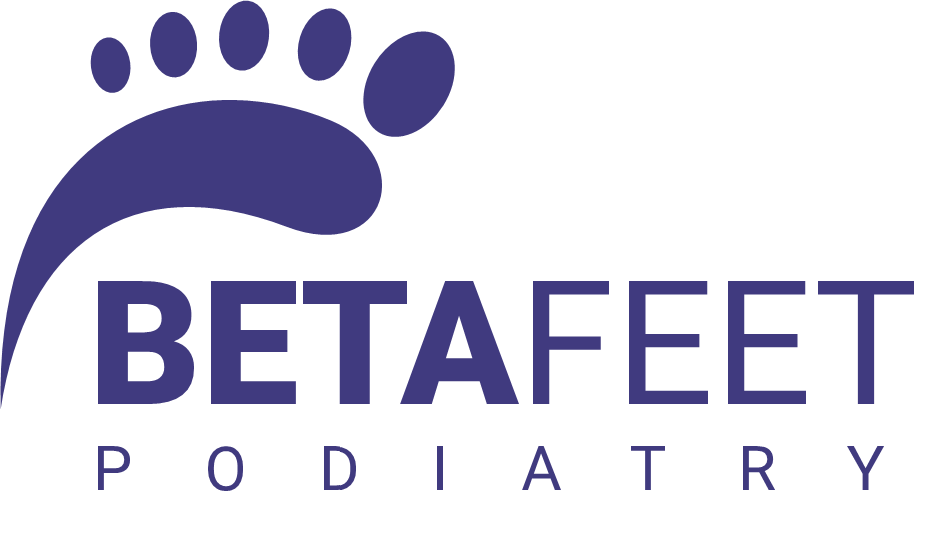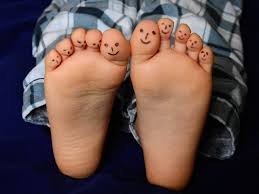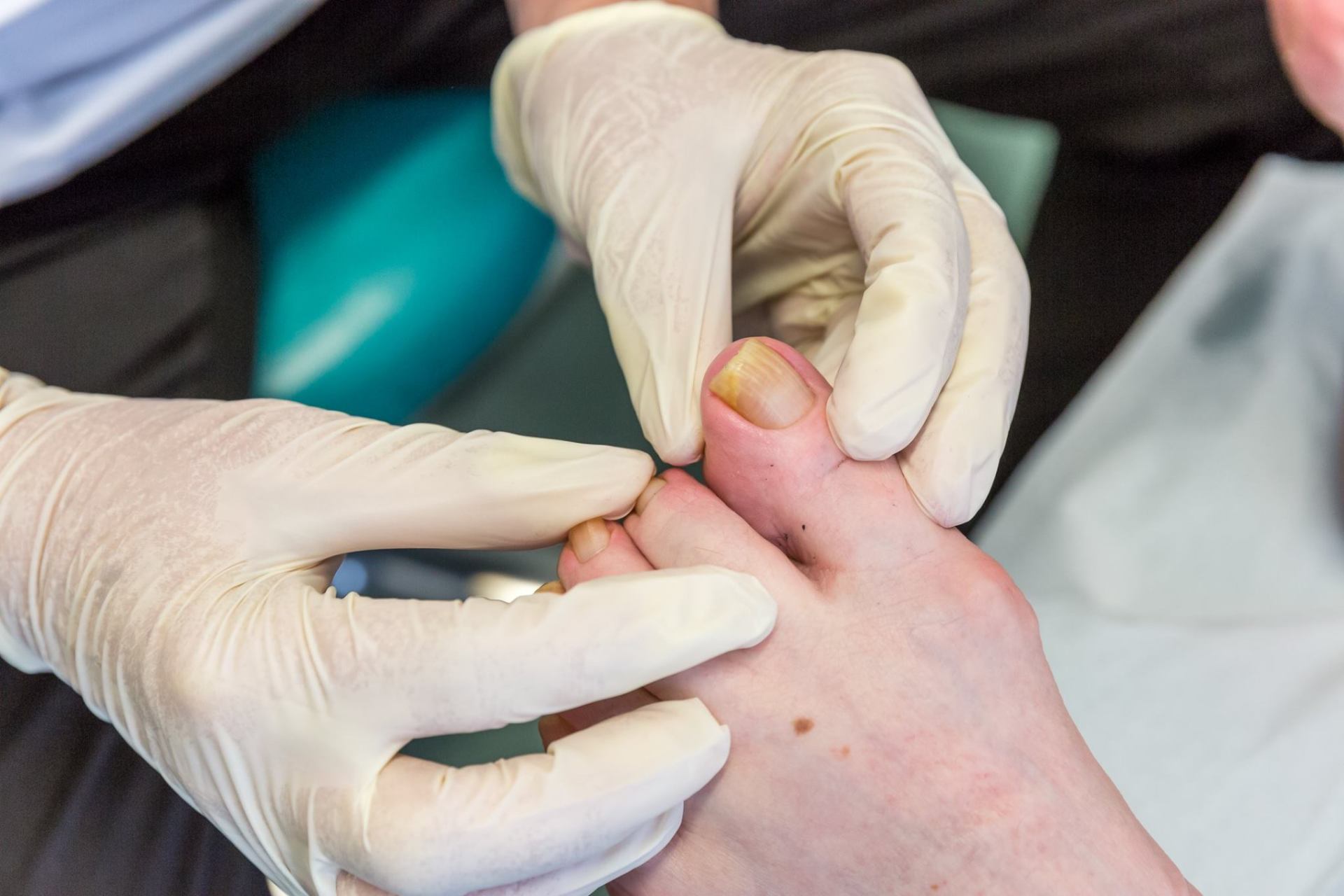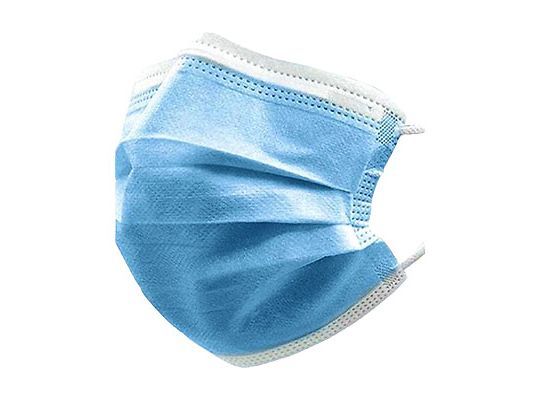
We are asking patients to wear a mask at present not just for their safety but the safety of those around. Patients may be asymptomatic and not exhibiting signs of the virus, but we must keep ourselves and patients safe during these unprecedented times in keeping with Public Health England guidance. We are following physical distancing guidelines as much as possible, please do not enter our clinics if you have symptoms of COVID-19. Hand gel is available on entering and before leaving the building, we do not recommend gloves be worn but if you do so please gel them thoroughly as you would your hands. Certain people are exempt from wearing a mask such as: Children under two years old People with breathing problems People who can't remove the mask without assistance, such as those who are incapacitated or disabled If you are unable to wear a mask just inform us when booking your appointment. If you are unable to obtain your own mask we can supply if necessary. You will be asked to fill in a consent form for treatment to confirm that you are aware that there is currently a Covid-19 pandemic and by being treated there is a small risk of transmission due to mixing with other people.
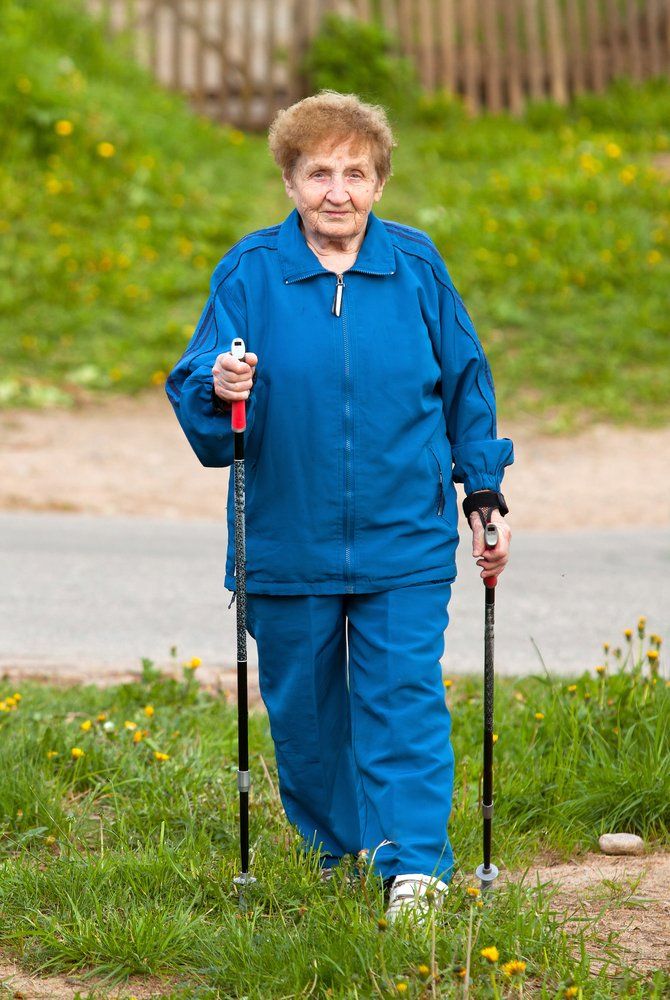
Aged Care Homes Remain Closed to the Public Months have slipped past and most cities and states in many of our world’s countries are working toward re-opening or have already opened back up. The elder in aged care homes must still be on lockdown for the protection of their health. Elderly residents in the United Kingdom have found that technology is a lovely bridge that stands strong in the gap Coronavirus has created between themselves and their families. Video visits have become the new normal. Aged care homes simply cannot take the risk of relaxing. Continuing to keep visitors out of the facilities limits the chances of the virus spreading through the home. This means still no visits from family and friends and no one outside of staff should be coming in. General practitioners, wound care specialists, and other medical professionals are utilising telemedicine to provide care to their patients. How Can Telehealth Be Used For Foot Care? Through the advanced technology of telemedicine, a physician can be in his/her office or at home (virtually anywhere) and work hand-in-hand with facility nursing staff by way of video calls such as FaceTime or Skype. Rounds are done as easily as they are done in person with the help of the staff nurses. The doctor can guide her to pan up and down or left to right to get a full view of a patient's food and/or wound. Doctors will document the same way they do when they visit face-to-face. The continuum of care provided by telemedicine is helping to avoid high admissions to the hospital. Even a short break in care for a diabetic foot care patient could result in hospitalisation. The goal of constricting aged care home movement is to not only keep the residents safe but to keep doctors from exposure as well. When Will the Pandemic End and How? Some professionals say it will be at least 18 months . The World Health Organisation says that the virus may never go away . All we know for sure is that this is a waiting game for many. Infection control measures are improving but it is a real possibility that a vaccine will not be ready to administer until the Fall of 2021. It is important to realize that history repeats itself. We, as a people, have survived viruses and diseases many times over. Pandemics have two types of endings. One is medical. This occurs when the active cases and the death rates drastically reduce. We have not achieved this with the Novel Coronavirus. The other type of ending is social. This occurs when the epidemic of fear about the disease wanes considerably. Among the diseases that have ended medically are smallpox (which has a vaccine for lifelong protection against the disease) and bubonic plague struck several times in the past 2,000 years but cases are simply not seen anymore. The 1918 flu killed approximately 100 million people throughout the world. Children were orphaned, breadwinners died, and troops died from the disease during World War I. After the flu swept across the globe, it mutated into a variety of benign seasonal cases of flu. It also ended socially. People wanted a new era and were anxious to put the nightmare of this disease behind them. This horrifying pandemic that plagued the first World War people still circulates as the seasonal flu. Until the Novel Coronavirus, the pandemic status that the 1918 flu created was largely forgotten. Has The Pandemic Ended Socially? Professionals believe that we are in the process of attempting to socially call an end to the pandemic . People have grown tired of restrictions and declared it to be nonexistent or face, even while the virus is festering in the population and there are no effective vaccinations or treatments as of yet. But the question is, who is the pandemic over for? Who says it’s over? On what criteria is an “end” based? The fact is, aged care homes cannot risk their residents' lives by allowing people to come in who have simply grown tired of COVID-19 and decided not to take precautions any longer. The seniors of our world are left with no visitors and lacking the compassion of human touch from their loved ones while waiting for a medical end. According to Dr. Fauci, the United States (as well as other countries) has four months to prepare for and avoid a second wave of the virus. "There's no doubt that this virus is not going to disappear from the planet by the time we get to the fall and the winter, because there's considerable activity right now in the United States, even though some cities and states are going down [in virus cases] from looking at the charts.” Dr. Fauci has warned the United States that they have time to prevent a second wave and so do other countries, but preparedness is key. Telemedicine Will Continue to Stand in the Medical Gap Created by Coronavirus Before the Coronavirus pandemic, most people did not know about telehealth. It is now being used as a seamless continuum of care for aged care home patients and others. Doctors who were once apprehensive about the security of patients’ medical data being compromised are now embracing telehealth and finding that the convenient ease of providing care has been very beneficial during this crisis. Most doctors will continue to perform visits through telehealth beyond the medical end to the Novel Coronavirus ends medically.
